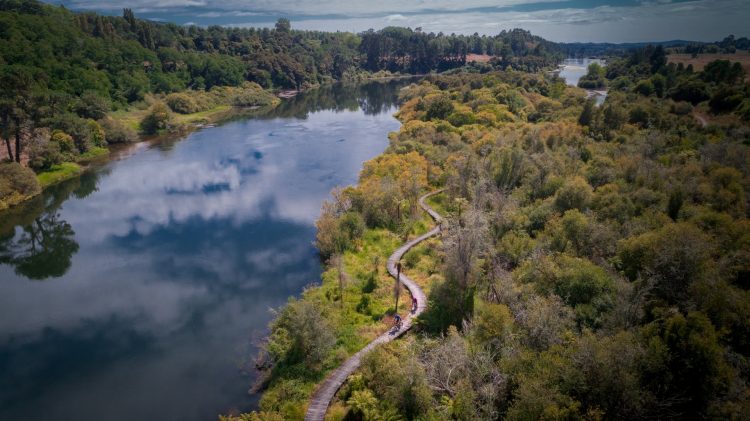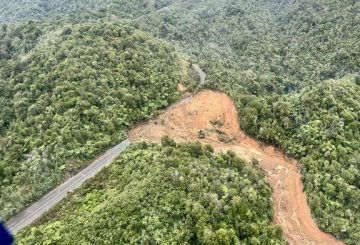ワイカト川はニュージーランドで最も長く、印象的な425キロメートルを走っています。
主に1800年前の火山噴火によって形成された火山デブリは、元の水路を遮断し、川を西へ、そして北へと方向を変えることを余儀なくされました。
ワイカト川は中央北火山帯で旅を始める。タウポ湖から流れ出し、フカの滝を作り、その後ワイカト平原へと通り、最終的にポート・ワイカトでタスマン海へと空になる。
ワイカト川の支流はワイパー川で合流し、両人はNgāruawāhiaの近くで1つになります。海に出ると、川は絵のように美しい景色、鳥類、産業建築、その他の興味深い観光スポットを旅します。
映画「ホビット-スマウグの荒廃」のファンのために、タウポ近くのアラティアティアダムは、「ドワーフバレル」シーンが撮影された場所を開催しています。ダムへの門は、アラティアティア急流の急な峡谷を水で浸水させるため、1日に数回開いている。近くにいるととても大きな音で、雷鳴の響きさえあります!
ワイカトという名前はマオリ語に由来し、翻訳すると水を流すことを意味する。川はトゥプナ(祖先)、タオンガ(宝物)であり、Tainui Waka、Ngati Tūwharetoaなど、様々なIwiに対して精神的な意味を持つ。Tūrangawaewae Maraeは、Ngāruawāhiaのワイカト川のほとりに近い。
あらゆる側面から楽しんで、地元の人や訪問者はワイカト川を泳ぎ、漕ぎ、浮遊、クルーズします。若い人口の間で人気のある夏のアクティビティは、冷たい飲み物を楽しみ、息を呑むような景色を楽しんでリラックスして川を下りることです。
多くの長さに沿って小道や川のトレイルがあり、ウォーキング、ランニング、サイクリングなど、その美しさを楽しむこともできます。
熱心なサイクリストには、マイティ・ワイカト川沿いのサイクル・トレイルに参加し、変化する自然の風景や水力発電ダムの景色をお楽しみください。
家族連れやリラックスした週末のライドにもっと入るなら、川の道を歩いたり、ドライブして、途中のポイントで立ち寄ることができます。
ハミルトンとNgāruawāhia、ハミルトンとケンブリッジの間には簡単にアクセスでき、途中でさまざまなカフェの1つに自分を癒すことができます。




























































